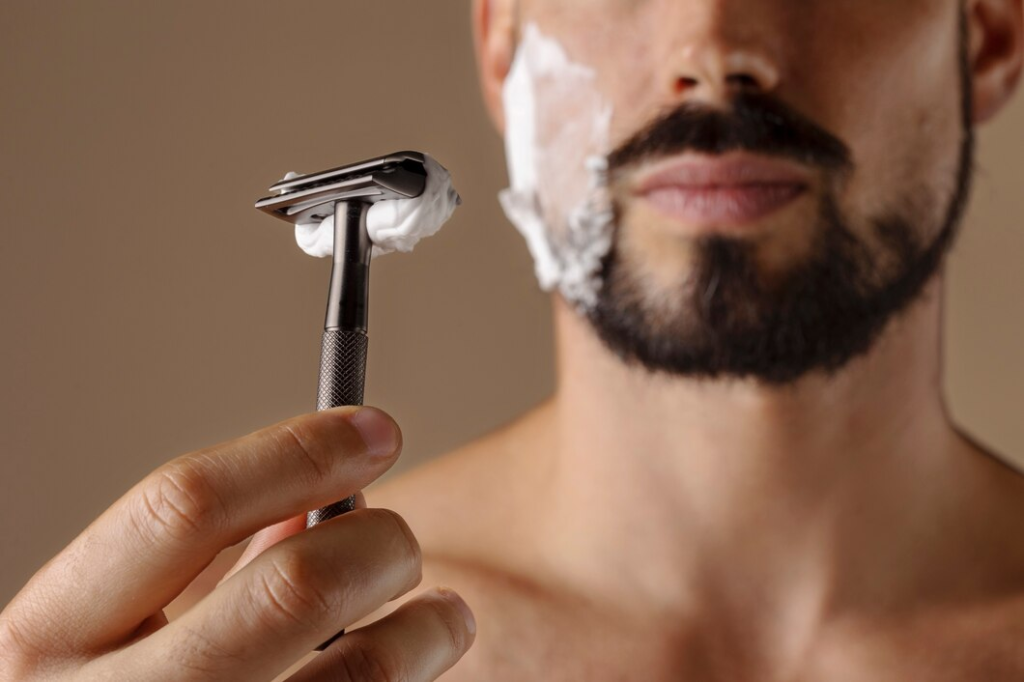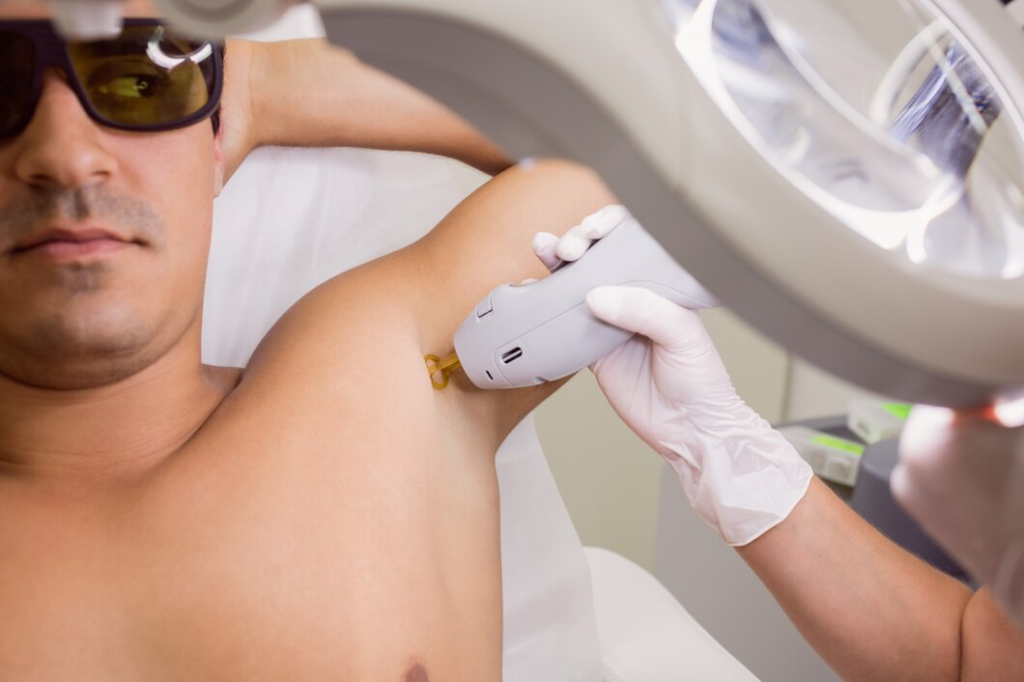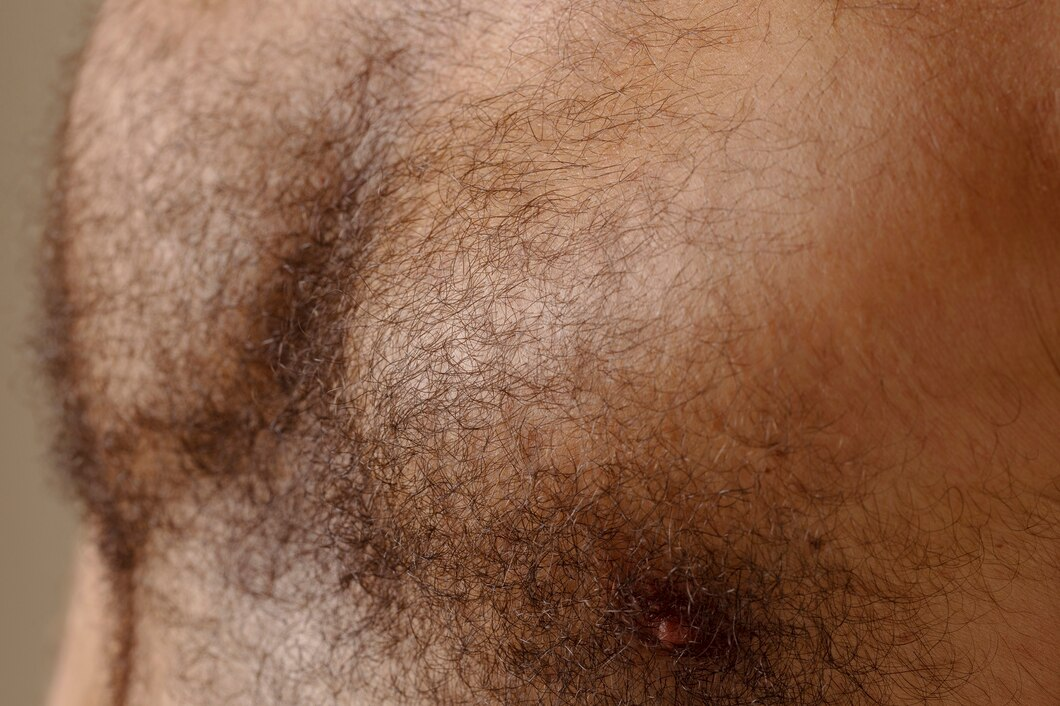Introduction to Ingrown Hairs
Ingrown hairs occur when hair grows back into the skin instead of rising up from it. This can result in small, painful bumps that are often inflamed and itchy. While anyone can experience ingrown hairs, TRT users may be more susceptible due to hormonal changes that can affect hair growth patterns. Preventing ingrown hairs is crucial for anyone undergoing TRT to avoid discomfort and skin irritation.
What Is Testosterone Replacement Therapy (TRT)?
TRT is a medical treatment designed to boost testosterone levels in men with low testosterone. This therapy can be delivered through various methods, including injections, gels, and patches. While TRT is effective in addressing symptoms of low testosterone, it can also lead to changes in skin and hair health due to its impact on hormone levels.
Why Does TRT Cause Ingrown Hairs?
Testosterone plays a vital role in hair growth. When men undergo TRT, the sudden increase in testosterone levels can stimulate excessive hair growth or alter hair texture. This rapid change can lead to ingrown hairs, particularly in areas where hair is shaved or tightly trimmed. The increase in facial and body hair caused by TRT may also mean more frequent shaving, increasing the risk of developing ingrown hairs.
Symptoms of Ingrown Hairs
Some common symptoms of ingrown hairs include:
- Small, round bumps on the skin
- Redness and irritation
- Itching or discomfort
- Pus-filled lesions (in more severe cases)
- Darkening of the skin (hyperpigmentation)
How Ingrown Hairs Impact Skin Health
While ingrown hairs are typically harmless, they can cause significant discomfort and may lead to infections if not properly treated. For TRT users, preventing ingrown hairs is essential for maintaining skin health and avoiding unnecessary irritation or scarring. When left untreated, ingrown hairs can worsen and lead to more severe skin conditions.
Best Practices for Preventing Ingrown Hairs with TRT
Preventing ingrown hairs involves a combination of proper grooming techniques and skin care. By following these best practices, you can minimise the risk of developing ingrown hairs while on TRT.
Skin Care Routine for TRT Users
A proper skin care routine is the first line of defence against ingrown hairs. It helps to keep your skin healthy, smooth, and free from irritations caused by shaving or hair growth.
Regular Exfoliation
Exfoliating the skin regularly helps remove dead skin cells that can clog hair follicles and trap hairs beneath the surface. Use a gentle exfoliator or a scrub designed for sensitive skin at least twice a week to keep pores clear and reduce the risk of ingrown hairs.
Moisturising the Skin
Keeping your skin hydrated is key to preventing ingrown hairs. Dry skin can lead to irritation, making it easier for hairs to become trapped beneath the surface. Apply a good quality, non-comedogenic moisturiser daily to keep your skin soft and supple.
Importance of Hair Removal Methods

One of the biggest culprits behind ingrown hairs is improper hair removal techniques. TRT users often experience increased hair growth, making it necessary to pay extra attention to how they remove unwanted hair.
Shaving Tips for TRT Users
Shaving is the most common hair removal method, but it also comes with the highest risk of ingrown hairs. Here are some tips to shave safely while undergoing TRT.
Use a Sharp Razor
A dull razor can tug on the hair instead of cutting it cleanly, increasing the chances of ingrown hairs. Always use a sharp, clean razor and replace blades regularly to ensure a smooth shave.
Shave in the Direction of Hair Growth
Shaving against the direction of hair growth can increase the likelihood of hair curling back into the skin. Always shave in the direction your hair grows to prevent ingrown hairs.
Alternatives to Shaving
If shaving tends to cause frequent ingrown hairs, it may be time to consider alternative hair removal methods. Face threading in Singapore is a popular option, especially for those seeking a more precise and long-lasting result compared to shaving. This ancient technique involves using a cotton thread to gently pluck the hair from the root.
Consider Laser Hair Removal

Laser hair removal is a long-term solution that targets hair follicles with concentrated light beams, preventing hair regrowth. It’s a great option for TRT users who want to avoid the hassle of shaving and the risk of ingrown hairs.
Waxing as an Alternative
Waxing removes hair from the root, which can help prevent ingrown hairs from developing. However, it’s essential to choose a professional waxing service to avoid any complications.
Dealing with Existing Ingrown Hairs
Sometimes, despite our best efforts, ingrown hairs can still occur. Here’s how to manage them if they appear.
Spot Treatment Options
There are many over-the-counter spot treatments that can help reduce inflammation and encourage the hair to emerge from the skin. Look for products containing salicylic acid or glycolic acid to treat the area.
When to See a Dermatologist
If ingrown hairs become infected or painful, it’s essential to consult a dermatologist. They can offer specialised treatments to alleviate the symptoms and prevent scarring.
How Diet and Hydration Affect Skin Health During TRT
Staying hydrated and maintaining a balanced diet is crucial for overall skin health. Drinking plenty of water helps keep your skin hydrated, while a diet rich in vitamins and minerals supports healthy skin and hair growth. Omega-3 fatty acids, found in fish and flaxseeds, can reduce inflammation and improve skin elasticity.
The Role of Hormonal Changes in Skin and Hair Health
Hormonal changes from TRT can affect more than just hair growth. Increased testosterone levels can lead to oily skin, acne, and other skin conditions. Proper skin care and treatment are essential to keep these issues under control while preventing ingrown hairs.
TRT-Associated Skin Conditions and Their Treatment
Besides ingrown hairs, TRT users might experience acne or folliculitis. These conditions are also linked to hormonal fluctuations. Treatment usually involves a combination of topical treatments and adjustments to skin care routines. Consulting a dermatologist is advisable if these issues persist.
Conclusion
Preventing ingrown hairs while undergoing Singapore is all about being proactive. By maintaining a proper skincare routine, choosing the right hair removal methods, and addressing any skin issues early on, you can reduce the risk of ingrown hairs and keep your skin healthy. Pay attention to the way your skin responds to Singapore TRT and make necessary adjustments to your routine for the best results.











